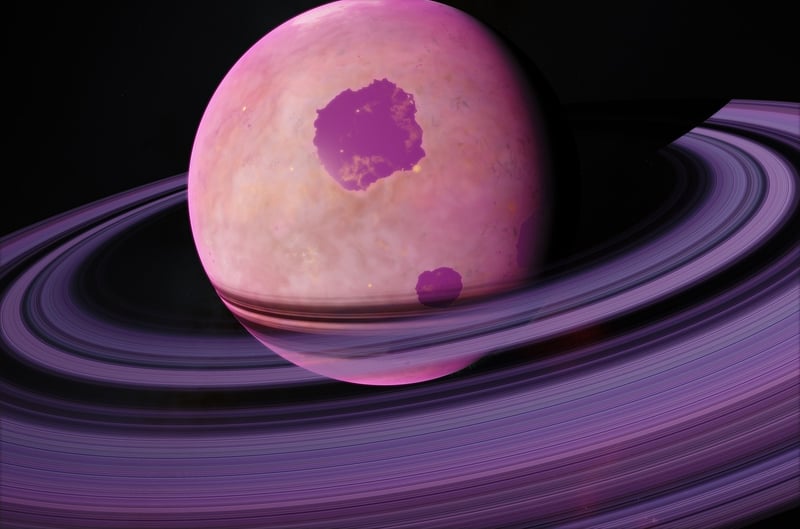Exoplanet Habitability
The Search for Extraterrestrial Life and Exoplanet Habitability
Exploring the possibility of extraterrestrial life and the habitability of exoplanets has long captured the imagination of scientists and enthusiasts alike. The quest to find life beyond Earth leads us to study exoplanets, planets that exist outside our solar system, in the hopes of discovering environments that could support life forms.
What are Exoplanets?
Exoplanets are planets that orbit stars other than our Sun. They come in various sizes, compositions, and distances from their host stars. Some exoplanets are rocky like Earth, while others are gas giants like Jupiter. These diverse characteristics make exoplanets intriguing targets for researchers looking for habitable environments.
Exoplanet Habitability
When scientists assess the habitability of an exoplanet, they look for certain key factors that could support life as we know it. These factors include:
- Presence of Water: Water is essential for life. Exoplanets within the habitable zone, where liquid water could exist, are of particular interest.
- Stable Atmosphere: An atmosphere that can regulate temperature and protect against harmful radiation is crucial.
- Distance from Host Star: The distance from the host star determines the exoplanet's temperature range, which impacts its potential habitability.
- Rocky Composition: Rocky exoplanets have a solid surface where complex chemistry and potential life forms could develop.
Methods of Detection
Scientists use various methods to detect exoplanets and study their characteristics. These methods include:
- Transit Method: Observing the dimming of a star's light as an exoplanet passes in front of it.
- Radial Velocity Method: Measuring the wobble of a star caused by the gravitational pull of an orbiting exoplanet.
- Direct Imaging: Capturing images of exoplanets using advanced telescopes.
Current Research and Future Prospects
Researchers are continually discovering new exoplanets and expanding our understanding of planetary systems. The search for habitable exoplanets remains a primary focus, with the ultimate goal of finding signs of extraterrestrial life. Future space missions, like the James Webb Space Telescope, will provide unprecedented insights into exoplanet atmospheres and compositions.

Exciting times lie ahead as we delve deeper into the mysteries of the universe, exploring distant worlds and contemplating the existence of life beyond our own planet.
For more information on exoplanets and astrobiology, visit NASA's Exoplanet Exploration website.
